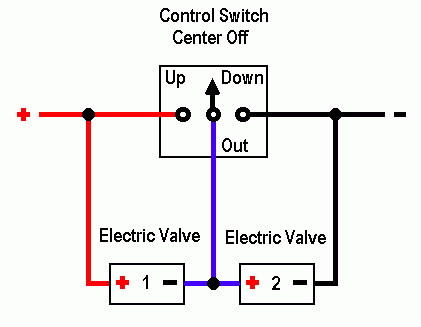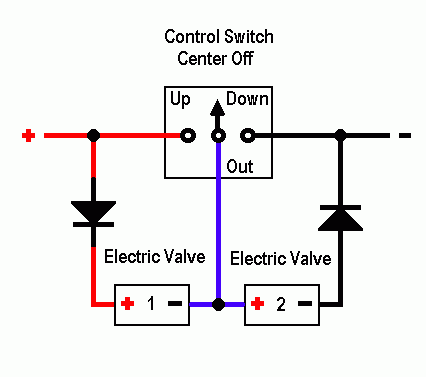Posted: March 08, 2007 at 11:58 PM / IP Logged
Posted: March 09, 2007 at 12:35 AM / IP Logged
Posted: March 09, 2007 at 6:42 AM / IP Logged
Posted: March 09, 2007 at 6:47 PM / IP Logged
Posted: March 09, 2007 at 10:42 PM / IP Logged
Posted: March 09, 2007 at 10:53 PM / IP Logged
Posted: March 09, 2007 at 11:59 PM / IP Logged
Posted: March 09, 2007 at 11:59 PM / IP Logged
Posted: March 10, 2007 at 12:03 AM / IP Logged
Posted: March 10, 2007 at 12:09 AM / IP Logged
 Printable version
Printable version


| You cannot post new topics in this forum You cannot reply to topics in this forum You cannot delete your posts in this forum You cannot edit your posts in this forum You cannot create polls in this forum You cannot vote in polls in this forum |

| Search the12volt.com |
Follow the12volt.com 
Sunday, November 2, 2025 • Copyright © 1999-2025 the12volt.com, All Rights Reserved • Privacy Policy & Use of Cookies


Sunday, November 2, 2025 • Copyright © 1999-2025 the12volt.com, All Rights Reserved • Privacy Policy & Use of Cookies
Disclaimer:
*All information on this site ( the12volt.com ) is provided "as is" without any warranty of any kind, either expressed or implied, including but not limited to fitness for a particular use. Any user assumes the entire risk as to the accuracy and use of this information. Please
verify all wire colors and diagrams before applying any information.











 It uses two zener diodes to block the current path from 12V to ground, (assuming your switching signal is open circuit when off, and either 12V or ground when you hit the switch.
The transistors amplify the current signal to switch the relays and give you the two (+) outputs. If you don't need much current you could do without the K1 relay and just use the output of the transistor. You might need to diddle with the resistance values and select the appropriate transistor part depending on the relay or signal input that you're planning on driving with it.
It uses two zener diodes to block the current path from 12V to ground, (assuming your switching signal is open circuit when off, and either 12V or ground when you hit the switch.
The transistors amplify the current signal to switch the relays and give you the two (+) outputs. If you don't need much current you could do without the K1 relay and just use the output of the transistor. You might need to diddle with the resistance values and select the appropriate transistor part depending on the relay or signal input that you're planning on driving with it.